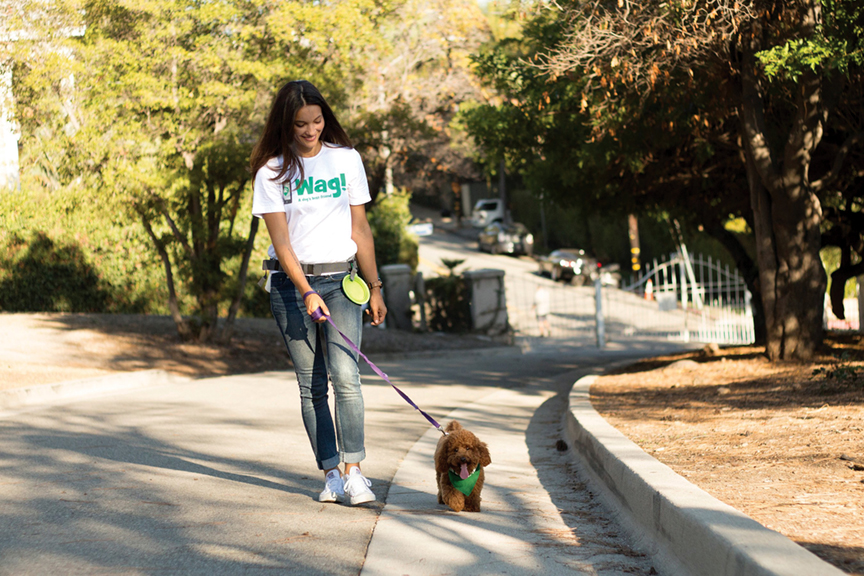The advent of the pandemic has seen a massive rise in pet adoptions, as more people feel the pangs of isolation while working remotely or from home. Along with an increase in adoptions of new fur friends come engaging gadgets and apps designed to promote a pet’s health and well-being. Spend time interacting with your beloved best friend with some of the following innovations. Aslan, a four-year-old, 82lb German Shepherd, happily tested each product.
Whistle – The perfect pet app for the Tiger (dog) Mom (or dad).
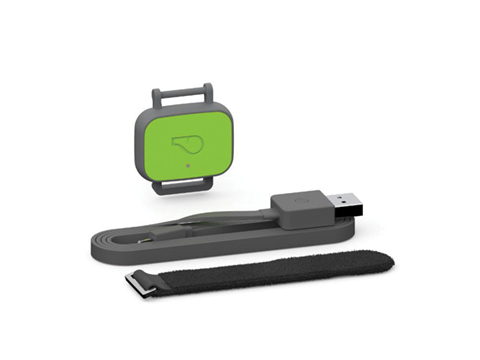
With Whistle Fit, this tiny fitness tracker is fun for those who fancy themselves a bit of a gym rat or exercise buff and want to include their pets into their fitness routines, such as jogging or running. The Whistle is essentially a range of Fitbits for Fido and Fifi.
Pros: The hardware is approximately a square inch and attaches to a pet’s collar. The correlating app has a relatively comprehensive list of features. It monitors the number of calories a pet burns in a day and the distance s/he travels. The app sent a notification that Aslan reached a goal of traveling 100 miles of steps. The app also calculates most of an animal’s behavior, such as the amount of time it spends drinking, licking, scratching, resting, and sleeping.
Activity goals are easy to set and revise. Additionally, Whistle Fit calculates whether or not such activities are being under or over-performing. For example, if a pet is sleeping too much and not drinking enough for its weight, the app will inform the owner. A food portion calculator with customized portions based on the pet’s daily activity is included.
Cons: Users may realize their pet is a lot more active and physically fit than they are. When Aslan’s owner “chatted” with a veterinarian through the app, the recommendation was to ask his local veterinarian the same question. It’s probably not a good idea to have any Wi-Fi device that emits electromagnetic fields (EMFs) attached to your pet’s collar 24/7. We suggest taking it off when he is sleeping, to give him a break from radiation.
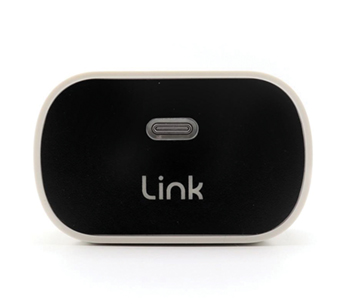
Link is a pet tracker wearable in beta testing.
Pros: Like Whistle, the Link pet tracker and fitness monitor comes with a correlating app that monitors your pet’s activity and makes recommendations to make sure Fido is eating right and getting enough exercise. Link pinpoints how many minutes your pet is active by calculating how many steps s/he’s taken and miles s/he’s walked.
Cons: Link needs to access your cell phone’s location permissions 24/7 – even if you are not with your pet. The hardware is a larger device. The wearable required a call to customer service to get the device set up and paired to a cell; although, the call was with the most chipper customer service person imaginable.
Pawscout
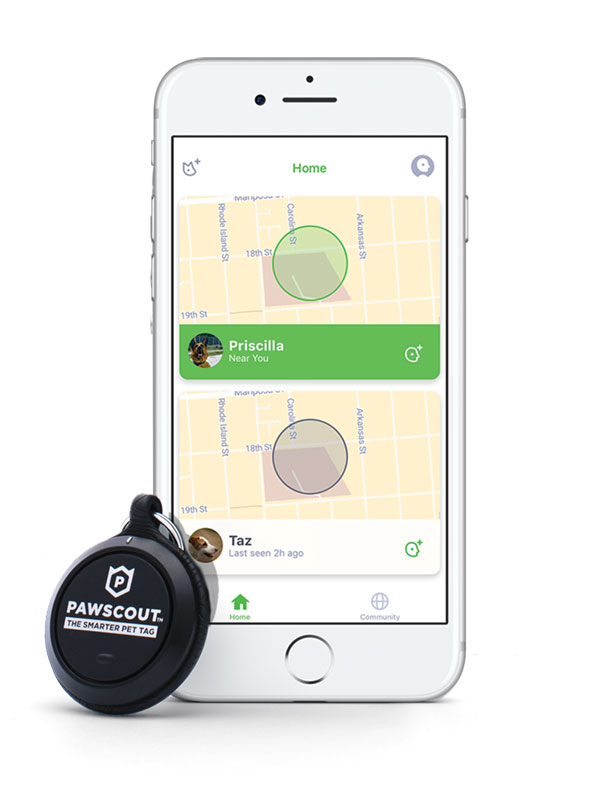
Pawscout is marketed as a free app to help find lost pets. According to PawScout, most lost pets don’t go far — which is why it’s crucial to rally their community.
Pawscout’s app attempts to connect local pet lovers to those searching for missing pets. The Bluetooth-enabled tag alerts users when a lost pet is nearby.
Pros: Pawscout’s digital pet tag functions to help try to find lost pets. When one goes missing, it is primarily a way to network with other local pet owners — the digital equivalent of putting up flyers. The more people who join, the more comprehensive the search network is. A detailed medical profile helps a pet finder care for someone’s lost buddy until it can reunite with its owner.
Cons: Pawscout isn’t a GPS tracker and can only approximate a missing pet’s location. The device needs a battery replacement quite often. It is frustratingly difficult to open the device when a battery replacement is necessary. (No amount of twisting worked. The testing team contemplated smashing it instead.) It is also challenging to pair the device to a cell phone if other Bluetooth devices emit frequencies nearby. It only works if an owner or anyone they designate via the “approved list,” such as other family members’ paired cell phone, is within 300 feet of the missing pet. If your household has a budget for multiple pet wearables, and you are willing to make exchanges if necessary, then go for it. Otherwise, go for a Whistle or Link.
Doggie DNA
Adopting a shelter dog and trying to discern its origins may be a bit of a mystery. Those who are wondering what kind of mix their new mutt may is in luck. A whole crop of affordable doggie DNA testing kits are available. Think of them as 23andMe for FiFi.
Wisdom Panel Premium Dog DNA Test
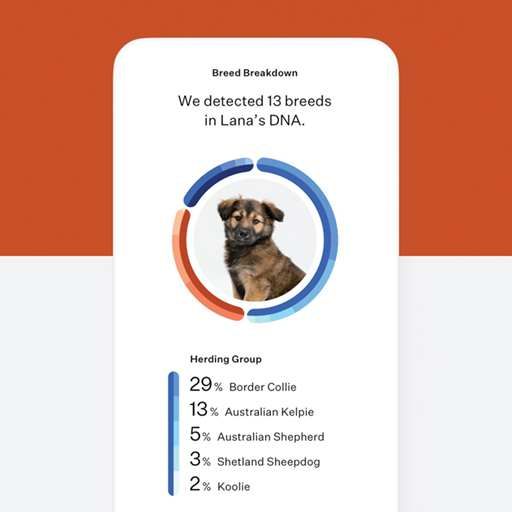
Unlock the secrets of a furry friend’s past and future with the Wisdom Panel Premium Dog DNA Test.
Pros: The Wisdom test lets owners know about their dog’s ancestry, potential health risks, and genetic predisposition for various traits. The test draws upon a database of doggie DNA to help you learn which of 350 different breeds, types, and varieties his forebears are. The test will trace his ancestry as far as his great-grandparents. Wisdom claims a user can find out which species are present in their dog’s genes through comparison to a DNA database built from samples of over 1.7 million other dogs.
Wisdom claims that it also informs owners whether Rex might be at a higher risk for inherited disease with tests for over 200 genetic conditions. It also includes the MDR1 medication sensitivity test to discover potential adverse reactions to certain commonly used medications.
Additionally, Wisdom educates owners about their pet’s genetically derived ideal weight range. With Wisdom, owners may deepen their knowledge about their furry friends in fascinating ways and potentially prepare themselves better for what may lie ahead.
Cons: The price for different levels of testing kits range from $85-$160.
Wag! the dog
Most new furry friends need to walk daily, up to three times a day. Quite frankly, sometimes their human companions can be tired, lazy, ill, or not in the mood to take their pup for a walk. Have no worries nor a need to feel guilty for taking a break from 24/7 pet ownership responsibilities. A couple of cool walk apps will arrange to take Balki Barktokomous off his parents’ hands for an hour, a weekend, or while away on vacation.
Rover app

Download the Rover app from the Apple or Google Play store.
Pros: Rover lets you peruse a list of dog walkers and sitters in your area and choose one by appointment for either a one-off or regular walk or play date. While Rocky is outside sniffing around the city, you can check the app’s map to see his whereabouts. After each walk, the app generates a Rover “report card” to inform you if he successfully went number one and two. The walker will also provide a photo or two of his adventures. Tiger dog moms will feel secure knowing they can peek in on what their pet is up to while away from home.
Cons: The photos that the walkers take of pets aren’t downloadable through the app, so an owner will have to take the extra cumbersome step of taking cell phone screenshots to keep the pix or post them on social media.
Many walkers forget to update their availability calendars. The app sometimes shows walkers who aren’t available, even if their calendar says they are. It also sometimes indicates walkers who aren’t in a user’s area, which is a waste of time.
The app is a bit clunky to navigate. After ten requests, if no walkers or sitters are available (which happens more often than one would expect), the user is frozen out of making further booking requests and has to call customer service for a manual override.
An average rate for a one-hour walk in New York City is upwards of $30, so hiring a daily walker can quickly add up.
Wag! app
After trying both apps, we prefer the functionality of Wag! to Rover. With Wag!, not only can you follow your pet’s progress in real-time, you have the option to book a service ASAP. After trying the ASAP feature a few times, local walkers arrived in as little as 15 minutes and usually within half an hour.
Pros: You can schedule and book a walk for durations as short as 15 minutes, specifically for an elimination break or for up to a full hour, to take the pup to a dog run. Home visits and training sessions are also available.
Cons: After a user agrees to book a Wag! walk with an “estimated” price, the walker, aka “caregiver,” can change the price to reflect whatever amount they choose. For example, a walk booked for $27 upfront will end up being $32 two-thirds of the time (if the walker feels like it). A person who hates being nickel-and-dimed or gets annoyed when their Uber bill doesn’t reflect the upfront price shown will dislike the dishonesty of Wag! ’s pricing flexibility according to the walker’s retroactive whim. (Customer service will say this policy is in the fine print). Users who pay $100 for a “premium subscription” to receive a 10% discount on walks are wasting their money because any walker can adjust the final price to counteract the “discount” essentially. ■


